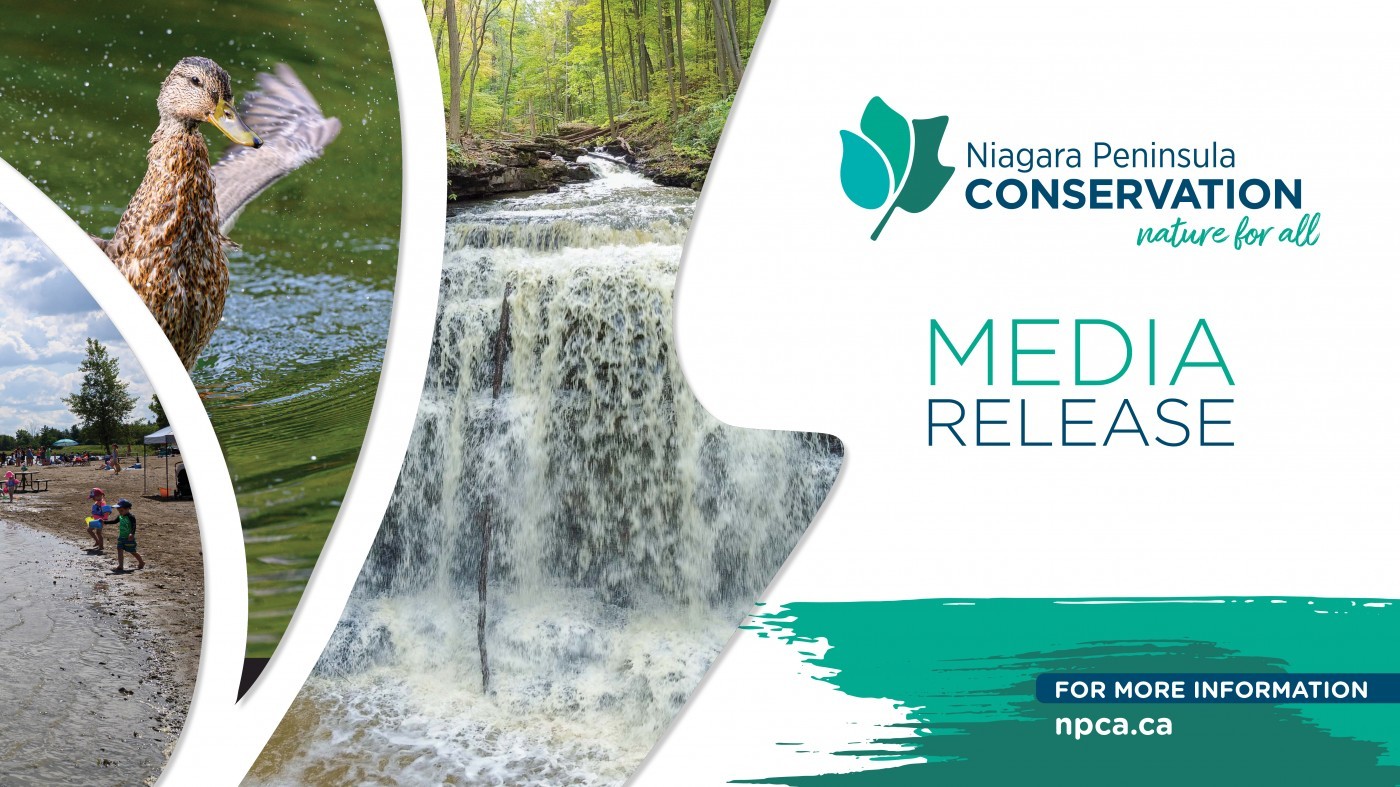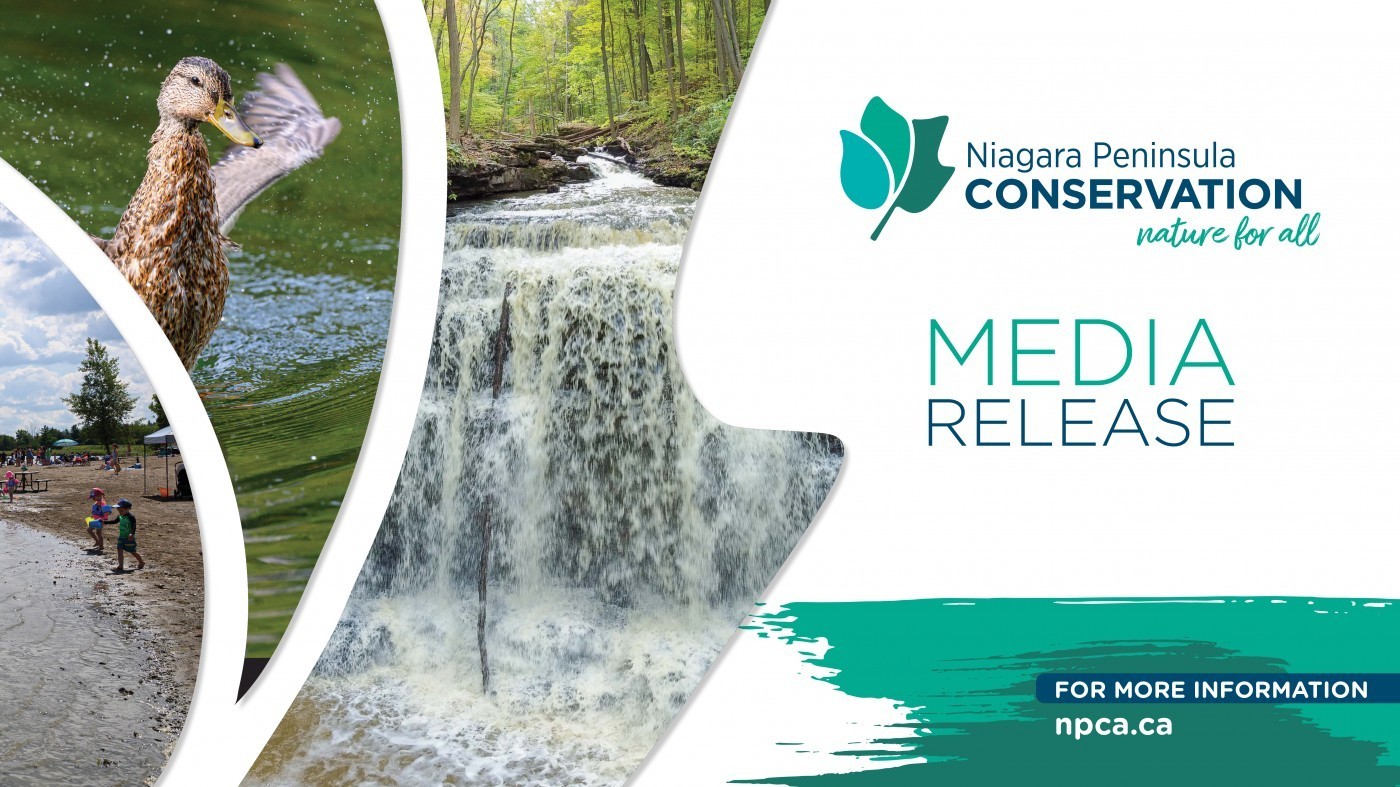On July 16, the Honourable Rechie Valdez, Minister of Small Business, was in Peterborough to make an announcement—on behalf of the Honourable Steven Guilbeault, Minister of Environment and Climate Change—about supporting exciting new conservation projects.
The announcement included Environment and Climate Change Canada's (ECCC) more than $1.5 million investment in Ontario's Conservation Authorities through Conservation Ontario to deliver the Nature Smart Climate Solution Fund (NSCSF) Ecosystem Protection and Climate Mitigation Fund.
Under this allocation, Central Lake Ontario Conservation Authority, Niagara Peninsula Conservation Authority, and Upper Thames Region Conservation Authority received funding for land securement projects which will help meet the following objectives:
- Support Canada's target to reduce GHG emissions by 40-45% below 2005 levels by 2030 and to achieve net zero emissions by 2050.
- Contribute to targets to protect 25% of Canada's lands and inland waters by 2025 and 30% by 2050.
This funding supported NPCA's successful acquisition of the Lathrop Property earlier in January.
"We're grateful for the support from ECCC in enabling Conservation Authorities to carry out this vital work," said Angela Coleman, General Manager at Conservation Ontario. "Central Lake Ontario, Niagara Peninsula and Upper Thames have successfully been able to direct the funding towards permanently protecting 97.5 hectares of critical habitat, and this achievement is a significant step forward in our collective fight against climate change."
"Since 2021, Conservation Ontario and 26 Conservation Authorities have partnered with ECCC under the Nature Smart Climate Solutions Fund and Canada Nature Fund to implement projects that have protected and restored wetlands, grasslands, riparian areas and other ecosystems to reduce GHG emissions and sequester carbon," said Jo-Anne Rzadki, Manager of Business Development and Partnerships at Conservation Ontario. "Some of the many co-benefits are creating and protecting habitat biodiversity, protecting species at risk, improving flood risk reduction, and supporting the protection and improvement of drinking water quality, and building climate, economic and watershed resilience for residents of Ontario."
These projects have leveraged $35.2 million from municipal, local, regional and watershed partners with $23.6 million from the federal government to protect over 2,400 hectares and restore 22,500 hectares. These investments will result in GHG emission reductions and new protected areas meeting the criteria for inclusion in the Canadian Protected and Conserved Areas Database.
Project sites are home to several Species at Risk (SAR), including, but not limited to, Chimney swift, Common snapping turtle, False hop sedge, Bobolink, and Eastern Meadowlark. Protecting these project sites will help retain the current SAR on-site and attract additional SAR and native species. Many of these sites are classified as Provincially Significant Wetlands and/or Life Science Areas of Natural and Scientific Interest in Ontario.
-30-
Conservation Ontario is a non-profit association that represents Ontario's 36 Conservation Authorities. Conservation Authorities are community-based watershed management agencies whose mandate is to undertake watershed-based programs to protect people and property from flooding and other natural hazards and to conserve natural resources for economic, social, and environmental benefits. Conservation Authorities are legislated under the Conservation Authorities Act, 1946.
For more information:
Angela Coleman, General Manager, Conservation Ontario
acoleman@conservationontario.ca
289-763-4807
Jo-Anne Rzadki, Manager, Business Development & Partnerships, Conservation Ontario
jrzadki@conservationontario.ca
905-717-0617

